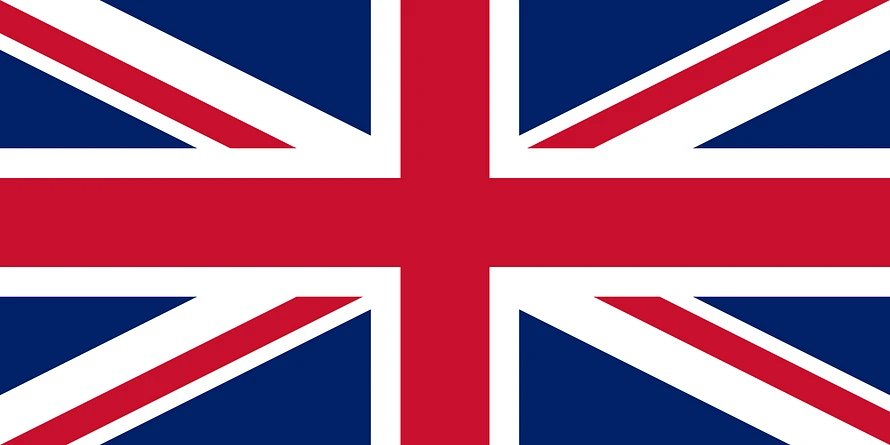The Union Jack: A Symbol of Unity and Heritage
The Union Jack, the national flag of the United Kingdom, is one of the most instantly recognizable flags in the world. Rich in history and symbolism, it reflects centuries of political union and shared identity across England, Scotland, and Ireland. But how did this iconic flag come to be, and what does it truly represent?
Origins of the Union Jack
The story of the Union Jack begins in 1606, shortly after the union of the crowns of England and Scotland under King James VI of Scotland, who also became James I of England. To symbolize this new political alliance, a flag was created by superimposing the red cross of St George (representing England) on top of the white saltire of St Andrew (representing Scotland) on a blue background. This early version was known as the "King’s Colours."
In 1801, the flag was updated to include the red saltire of St Patrick, symbolizing Ireland’s union with Great Britain. This addition gave the flag its current form, with three distinct crosses representing the three nations:
-
St George’s Cross: A red upright cross on a white field for England.
-
St Andrew’s Cross: A white diagonal cross on a blue field for Scotland.
-
St Patrick’s Cross: A red diagonal cross on a white field for Ireland.
Interestingly, Wales is not directly represented in the Union Jack, as it was already annexed by England before the creation of the original union flags. However, the dragon of Wales continues to fly proudly on its own national flag.
The Flag Today
Today, the Union Jack is more than just the flag of the UK. It is flown on British government buildings, military uniforms, and during state occasions. It also appears in many places across the world, particularly in countries that were once part of the British Empire, such as Australia, New Zealand, and Fiji, where variations of the Union Jack are incorporated into their own national flags.
The Union Jack is also a cultural icon—appearing in fashion, music, and art—and serves as a powerful symbol of British identity and pride.
Fun Fact: Why "Jack"?
The term "Union Jack" originally referred to the flag when it was flown on the jackstaff of a ship (a pole at the bow). Though some argue that it should only be called the "Union Flag" when flown on land, "Union Jack" has become widely accepted in both contexts.
Conclusion
The Union Jack is not just a flag; it’s a piece of history woven in cloth. It tells a story of unity, compromise, and shared heritage, and continues to be a source of national pride for millions. Whether seen fluttering from a palace rooftop or printed on a T-shirt or Phone Case, it remains a striking emblem of Britain’s past and present.
Get your Union Jack Phone Case HERE
